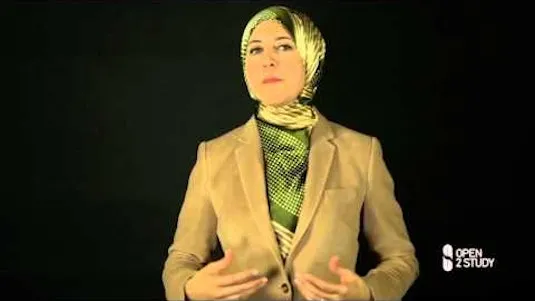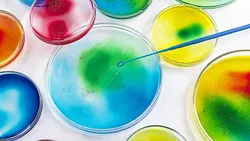
Introduction to Microbiology Medical Education Videos 
This video series provides an introduction to the field of microbiology, covering topics such as eukaryotes, protozoa, and microorganisms. It explains the different types of fungi and microbes, as well as their definitions and characteristics. It also explores the concept of microorganisms and their role in the environment. The videos provide a comprehensive overview of the field of microbiology. ▼
ADVERTISEMENT
Course Feature
![]() Cost:
Cost:
Free
![]() Provider:
Provider:
Youtube
![]() Certificate:
Certificate:
Paid Certification
![]() Language:
Language:
English
![]() Start Date:
Start Date:
On-Demand
Course Overview
❗The content presented here is sourced directly from Youtube platform. For comprehensive course details, including enrollment information, simply click on the 'Go to class' link on our website.
Updated in [February 21st, 2023]
Unlock the Exciting World of Learning! Here's What Awaits You: With Lecturio's Introduction to Microbiology Medical Education Videos, you can explore the fascinating world of microbes and bacteria. Learn about different types of eukaryotes, protozoa, and microbial life in extreme environments. Discover the historical findings of microorganisms and the metabolic wizardry of microbial metabolism. Understand the importance of microbes and bacterial diseases, and learn about Staphylococci and Streptococci. With this course, you can gain a comprehensive understanding of the world of microbiology and its applications in medical education.
[Applications]
After completing this course, students can apply their knowledge of microbiology to medical education by using the videos to better understand the different types of microbes, eukaryotes, protozoa, and microbial life in extreme environments. They can also use the videos to learn about the historical findings of microorganisms, the metabolic wizardry of microbial metabolism, and the importance of microbes in bacterial diseases. Additionally, the videos can be used to gain a better understanding of Staphylococci and Streptococci.
[Career Paths]
1. Microbiologist: Microbiologists study the growth, structure, development, and other characteristics of microscopic organisms such as bacteria, viruses, algae, fungi, and some types of parasites. They use a variety of techniques, including molecular biology, genetics, and biochemistry, to study the structure and function of these organisms. With the increasing prevalence of antibiotic-resistant bacteria, the demand for microbiologists is expected to grow in the coming years.
2. Medical Laboratory Technician: Medical laboratory technicians are responsible for performing laboratory tests and analyzing the results. They use a variety of techniques, including microscopy, chromatography, and immunoassays, to identify and diagnose diseases. With the increasing prevalence of infectious diseases, the demand for medical laboratory technicians is expected to grow in the coming years.
3. Clinical Microbiologist: Clinical microbiologists are responsible for identifying and diagnosing infectious diseases. They use a variety of techniques, including microscopy, culture, and molecular biology, to identify and diagnose diseases. With the increasing prevalence of antibiotic-resistant bacteria, the demand for clinical microbiologists is expected to grow in the coming years.
4. Infectious Disease Specialist: Infectious disease specialists are responsible for diagnosing and treating infectious diseases. They use a variety of techniques, including laboratory tests, imaging, and molecular biology, to identify and diagnose diseases. With the increasing prevalence of antibiotic-resistant bacteria, the demand for infectious disease specialists is expected to grow in the coming years.
Course Provider

Provider Youtube's Stats at AZClass
Discussion and Reviews
0.0 (Based on 0 reviews)
Explore Similar Online Courses

Instagram 101: Believe in Your #Selfie: How to Build Confidence and Community on Instagram

Designing with ServiceNow Flow Designer

Python for Informatics: Exploring Information

Social Network Analysis

Introduction to Systematic Review and Meta-Analysis

The Analytics Edge

DCO042 - Python For Informatics

Causal Diagrams: Draw Your Assumptions Before Your Conclusions

Whole genome sequencing of bacterial genomes - tools and applications

Microbiology and Forensic Science

Microbiology Textbook


Start your review of Introduction to Microbiology Medical Education Videos